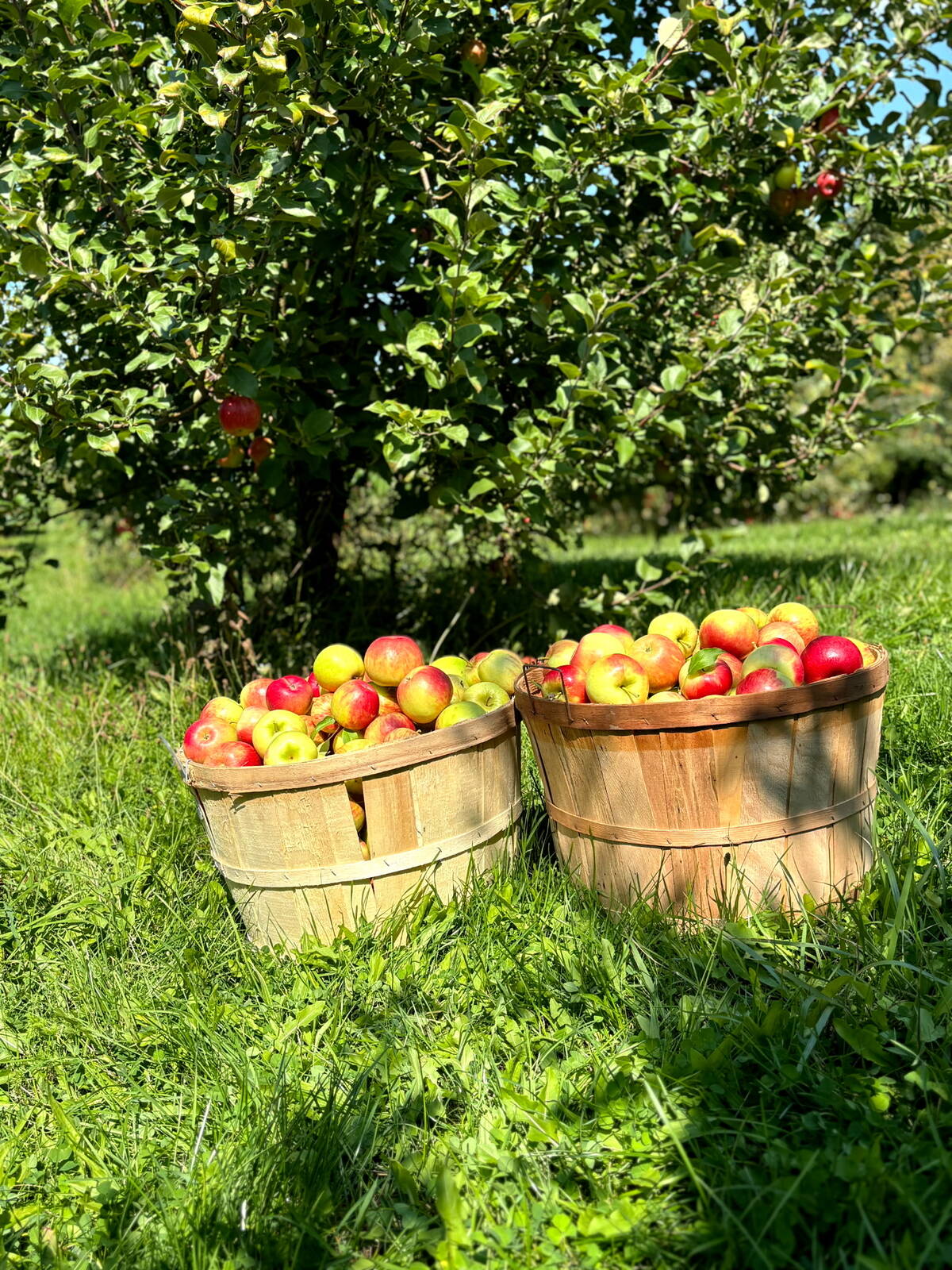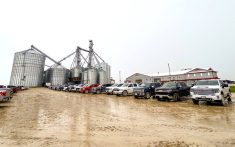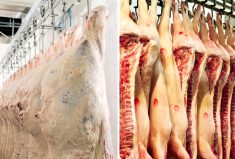We like to think that markets are rational — that they independently move up and down based on fact, not emotion.
But when they are confused, or befuddled by signals that haven’t been there before, they can be downright unpredictable.
A recent Farm Credit Canada look at 30 years of data around market volatility shows that Canadian farm product exports almost always lose market share when there’s some issue that creates uncertainty.
Now you can argue that volatility is exactly the kind of news that should make a market go down. But should it throw the curves that it does into long-term trading relationships? In that case I would argue that the damage caused to the relationship by short term decrease in trade makes little sense — despite the actions traders usually take.
Read Also

Farmers taking to social media to spread the word about the cost of farm thefts
A rash of farm thefts in Ontario have left farmers looking for new ways to help customers understand the cost of stealing goods.
The fundamentals of the market are usually set by supply and demand, and that’s the way it should be, although it can be maddening, especially in crop markets where a couple of per cent change in supply can mean large percentage changes in what farmers get paid. I’ve heard for years that the U.S. dairy market runs between profitability and loss on a two per cent change in supply. I heard at the World Dairy Expo that the U.S. is at a point of four to five per cent oversupply, which shows why the dairy price is low and will remain so for a while.
The FCC report focused on which commodities faced the most significant impact when there was volatility in the market — often created by trade disputes.
What they found looking back 30 years helps explain why different commodities are seeing different levels of volatility in the current tit-for-tat tariff situation that now exists in the world.
Hogs are a good example, and we have a story in our Nov. 19 issue of Farmtario that shows that no major hog producing country in the world is immune to losses as trading systems decades in the making are dismantled or at least altered by Chinese and Mexican tariffs on American pork in response to U.S. tariffs on steel and aluminum and other commodities. It’s not surprising that the FCC report found that hogs are one of the commodities most affected by market volatility. There’s a wide range in how volatility affects the pork market, compared to other major Canadian agriculture exports. When price volatility doubles, exports to South Korea drop about 30 per cent, for example, but drop three per cent to the U.S.
Beef and soybeans are also among the most affected by price volatility. In a period of double the price volatility beef exports to Mexico and Japan drop about 20 per cent.
However, beef also provides an example of the opportunity in volatility, that FCC makes sure it points out in the report. Exports to Hong Kong have usually increased 12 per cent in the same period as the 20 per cent drop to Mexico and Japan. Some traders and countries pull back on the exports to wait out the storm and look for strategic pricing options. Others will aggressively invest and buy during periods of volatility.
Soybeans tell a similar story, with decreases in exports of about six per cent to dominant markets of Japan and the U.S., but increases of 18.3 per cent to Spain during periods of doubling of export price volatility. China has also increased its imports during similar periods by 3.6 per cent. Together, those increases to Spain and China would offset the decreases to other major buyers, said the report.
So what does this mean for our current wild and unprecedented trade climate?
The lessons of the past hold true. It doesn’t take much to move a market, and when so much turmoil has been thrown into the global trading system for agriculture products, a lot will happen — some of it unpredictable and challenging to those who are price takers, but would really like some stability.
A report recently showed that the U.S. has only sold three per cent of the beans to China that it usually would have at this time of the year. That’s a drop of 300 million bushels — a 97 per cent change. When two per cent moves the milk market, just think what 97 per cent of the sales to a major customer will do?
Thankfully, the global system is rearranging to find new suppliers and supply routes as soybeans flow out of Argentina and into China and soybeans from the U.S. move into Argentina. It’s not efficient, but the market will find a way.
Farmers, as usual, are the casualty, with discounted markets hammering American farmers, and to a lesser extent those in Canada.
The sooner the new global trade system sorts itself out, the better.













